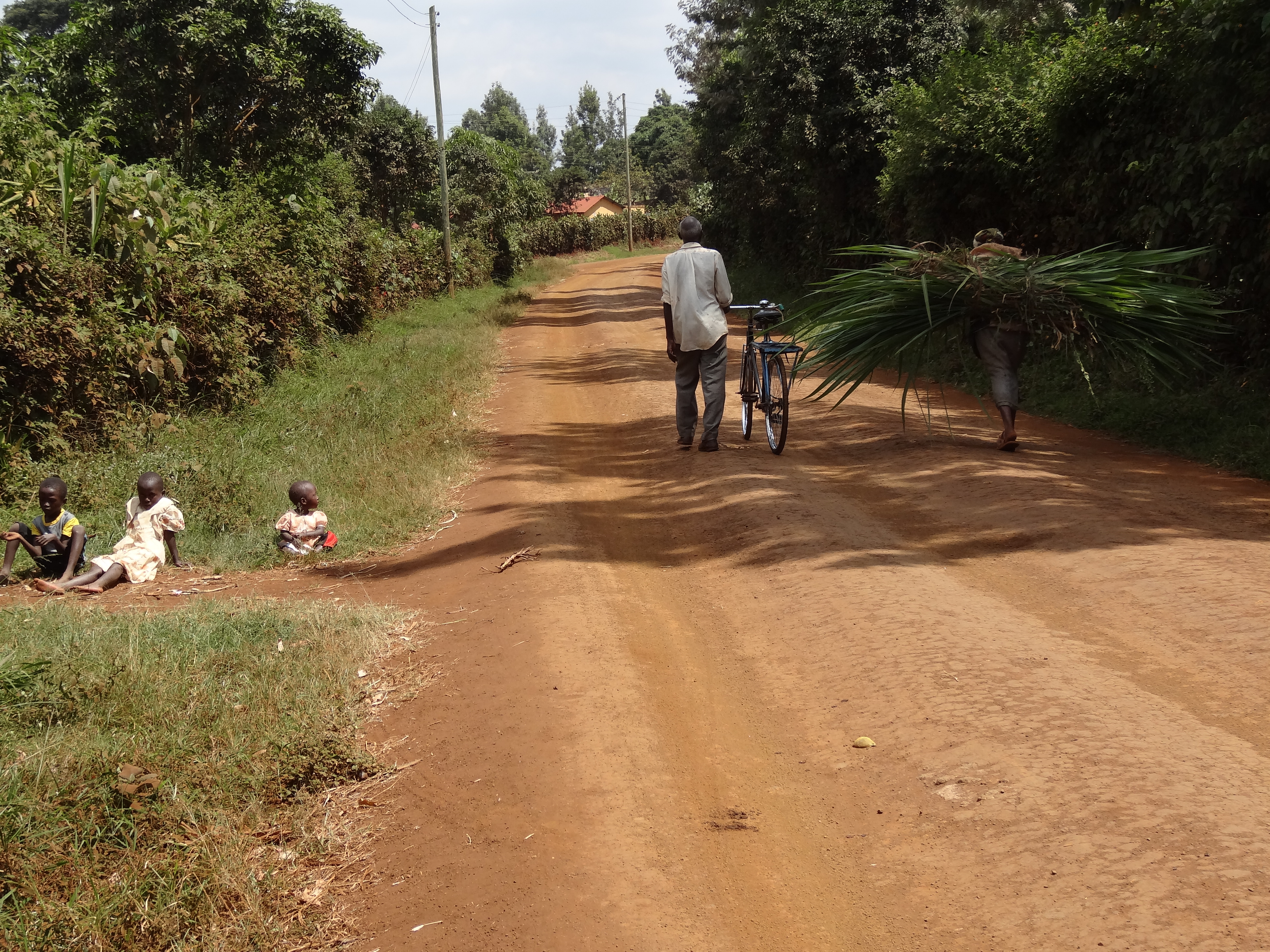Blog by Naomi Oates, Overseas Development Institute (ODI)
These are exciting times to be working in Kenya’s water sector. The 2010 Constitution not only enshrines citizen rights to water, but has triggered a raft of reforms aimed at improving public participation and accountability in development processes. As a consequence, substantial responsibilities and funds have been devolved to newly created County Governments, including for water service provision. Local stakeholders are also becoming bolder in challenging top-down water infrastructure developments that could affect their well-being.
These dramatic shifts in the political and institutional landscape have been palpable, not only to us as researchers, but to the many stakeholders we interviewed through the course of the WISE-UP to Climate project. Some have felt a sense of frustration as their plans are disrupted and delayed yet further, but many feel a strong sense of hope that water governance will change for the better.
So what does all this mean for Kenya’s river basins, such as the Tana, which are critical for national development?
On the one hand, Kenya’s need for water infrastructure investment is urgent. The country is becoming increasingly water scarce due to population growth and rising demand across sectors. Climate change poses additional risks to people, environment and economy. To meet the country’s water needs, there are several flagship projects planned for the Tana Basin, such as the High Grand Falls Dam (a large multi-purpose dam supporting hydropower, irrigation and flood control) and the Northern Water Collector Tunnel (transferring much needed water to Nairobi).
On the other hand, we observed that water governance remains highly fragmented in Kenya, which hinders strategic basin-level planning. Interviewees bemoaned the fact there are currently few fora in which different stakeholders can explore viable options for basin development, and discuss potential trade-offs between different sectors or water users. Moreover, large infrastructure projects are politically charged symbols of power and progress and remain difficult to contest, even for county governments.
In order to open up a conversation around investment options for the Tana Basin, the WISE-UP project has had to work hard to bring different stakeholders together and foster a sense of trust. At times, this has meant refraining from sharing information at sensitive moments. For example, in the run up to the October 2017 election various claims were being made about the impacts of the Northern Water Collector Tunnel. Despite having relevant information to comment on these claims, WISE-UP partners had to be careful not to be drawn into the political battle.
Notwithstanding these various challenges, we believe there are a number of opportunities to support more resilient and equitable river basin development in Kenya.
Progress at the policy level
In addition to the new Constitution, Kenya has made great strides in formulating a Climate Change Policy and Act. These build on cross-sectoral efforts to develop a climate change strategy and action plan, as well as a green economy strategy. The new Act establishes a much needed regulatory and institutional framework for action on climate change, including mainstreaming climate change into sectoral and county-level development planning. One immediate positive result has been the strengthening of the Climate Change Directorate (previously a Secretariat), responsible for coordinating action across sectors. When we first met with the Secretariat in 2015 it had few staff and limited political clout; in 2017 there are two new directors in post providing strong leadership, with a clear vision of what they want to achieve.
Mainstreaming may take a little longer. An observer of the Vision 2030 mid-term planning process confided to us that, to date, few sectors were justifying their projects in terms of climate change. Nevertheless, there is an active working group tackling mitigation in the transport and energy sectors. Our findings also suggest that climate risks are being considered to some extent in water infrastructure planning, although technical capacity needs to be built in this regard.
In general, less progress has been made implementing adaptation plans at national level, perhaps due to the lack of reliable funding. However, mechanisms are in place for Kenya to access international climate finance from various multilateral sources, including the Adaptation Fund. It is estimated that up to 2030, Kenya requires over 40 billion USD in total for mitigation and adaptation actions across sectors. Current funding is in the millions, rather than billions, nonetheless Kenya is already one of the largest recipients of climate finance in Africa. Bilateral climate finance is also supporting various water-related initiatives, such as the World Bank funded Kenya Water Security and Climate Resilience programme.
Investing in balanced portfolios of water infrastructure
Both natural and built infrastructure can, and should, play a vital role in supporting resilient river basin development. Natural infrastructure investments include catchment management to reduce run off and hence siltation of dams, or protection of the valuable ecosystems in the Tana Delta that provide numerous benefits to local communities.
Whilst there are examples of such initiatives in the Tana Basin, natural infrastructure tends to be the poor relation of built infrastructure in terms of total investment. This is partly because the benefits are less visible (although substantial) are hard to prove. For example, one expert explained to us:
“Until recently there was little being put back into catchment protection, to ensure the longer life-span of the dams. It took us a lot of time to explain that these dams cannot sustain electricity generation with the current sedimentation problem.”
Another issue is that most funding for the environment tends to be project-based, whereas natural infrastructure investments need to be made over longer periods to have the desired impact.
That said, the Constitution recognises the rights of Kenyan citizens to a clean and healthy environment and many stakeholders recognise the value of ecosystem services in supporting socio-economic development. The time is ripe for getting natural infrastructure onto the policy agenda, a key entry-point being the climate change agenda. This includes supporting the execution of the National Climate Change Act and implementation of the National Adaptation Plan, as priorities. Research projects such as WISE-UP also have an important role to play in providing the evidence needed to make the case for natural infrastructure as a climate adaption option.
Photo ©Laetitia Pettinotti


